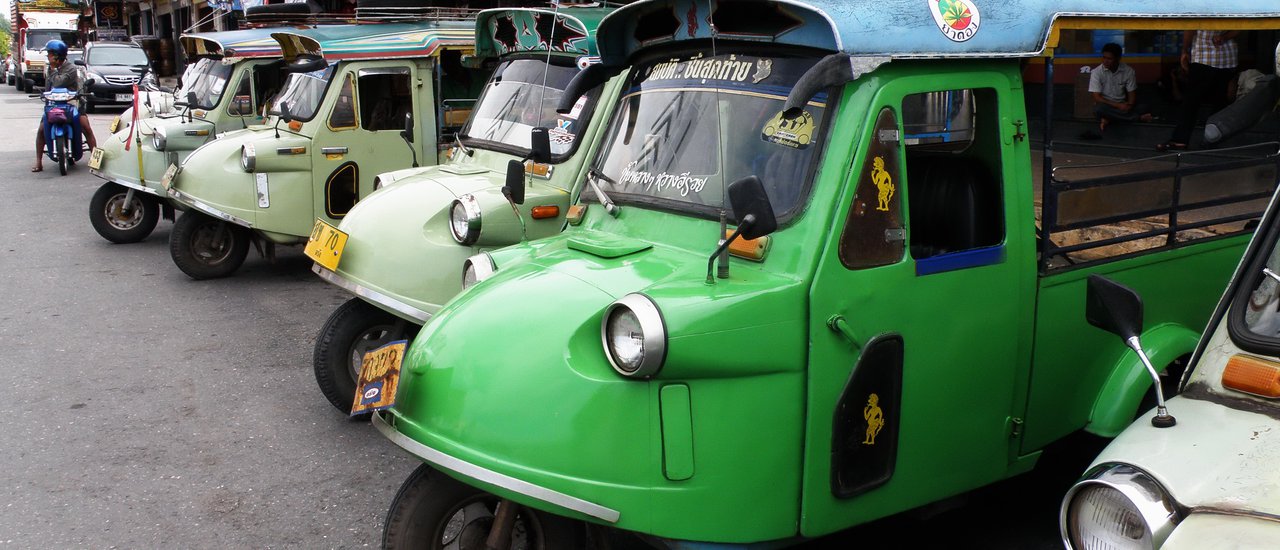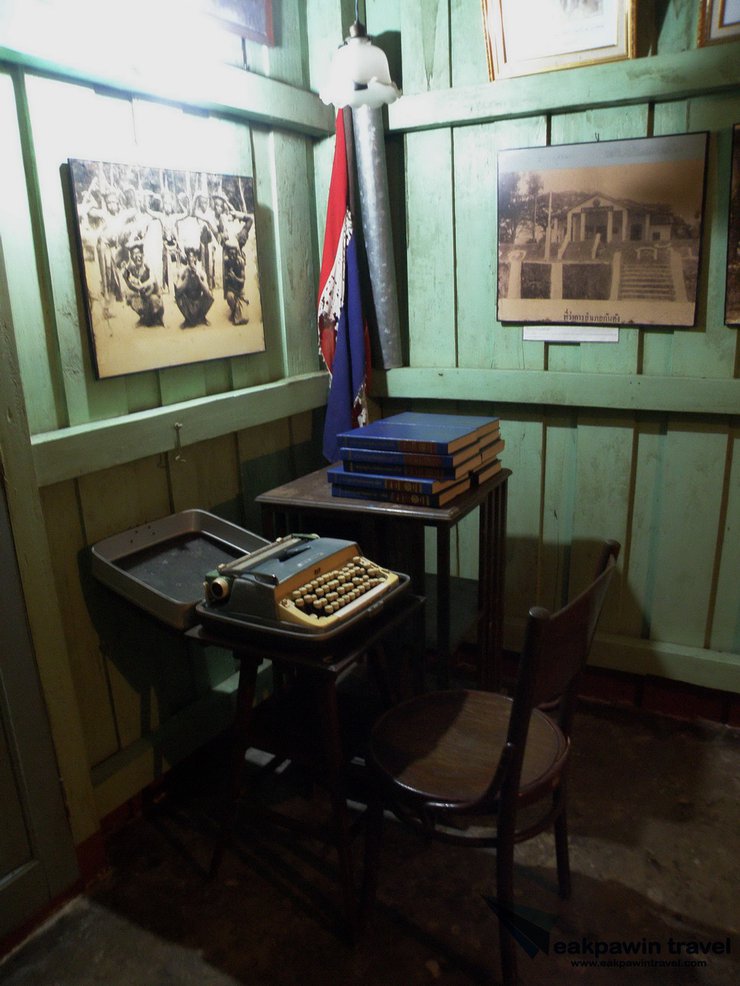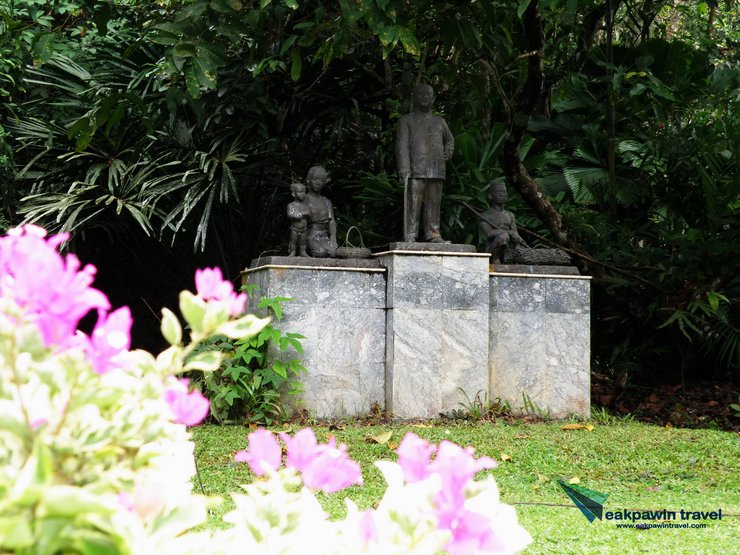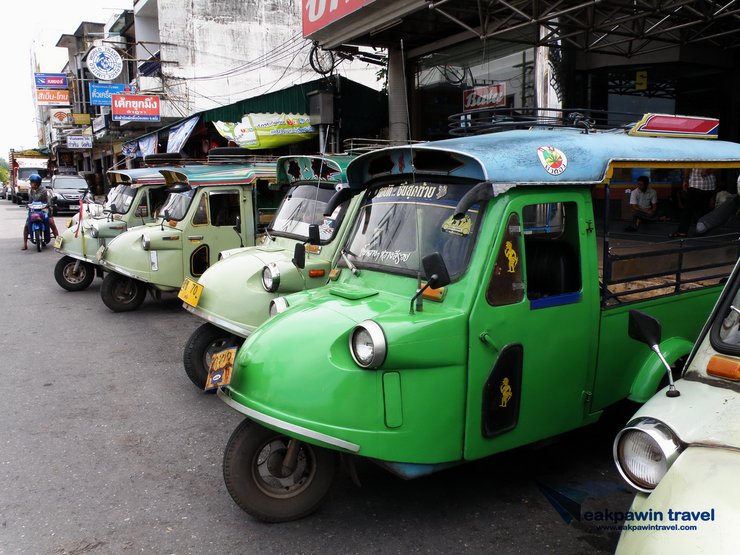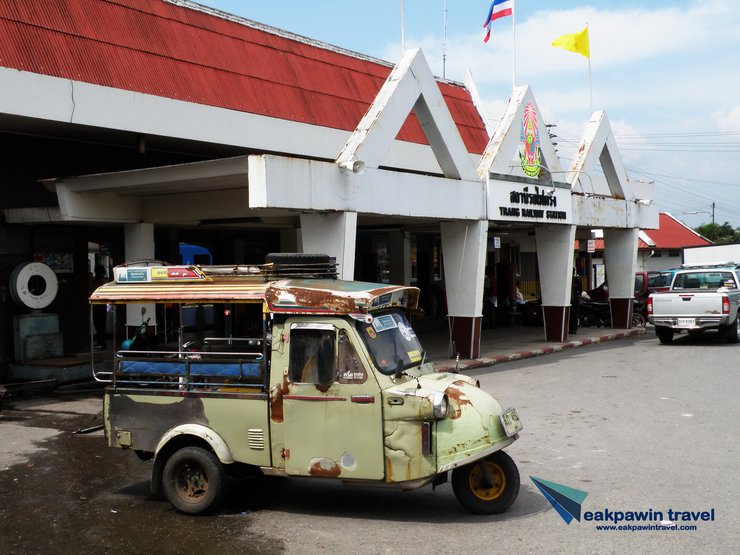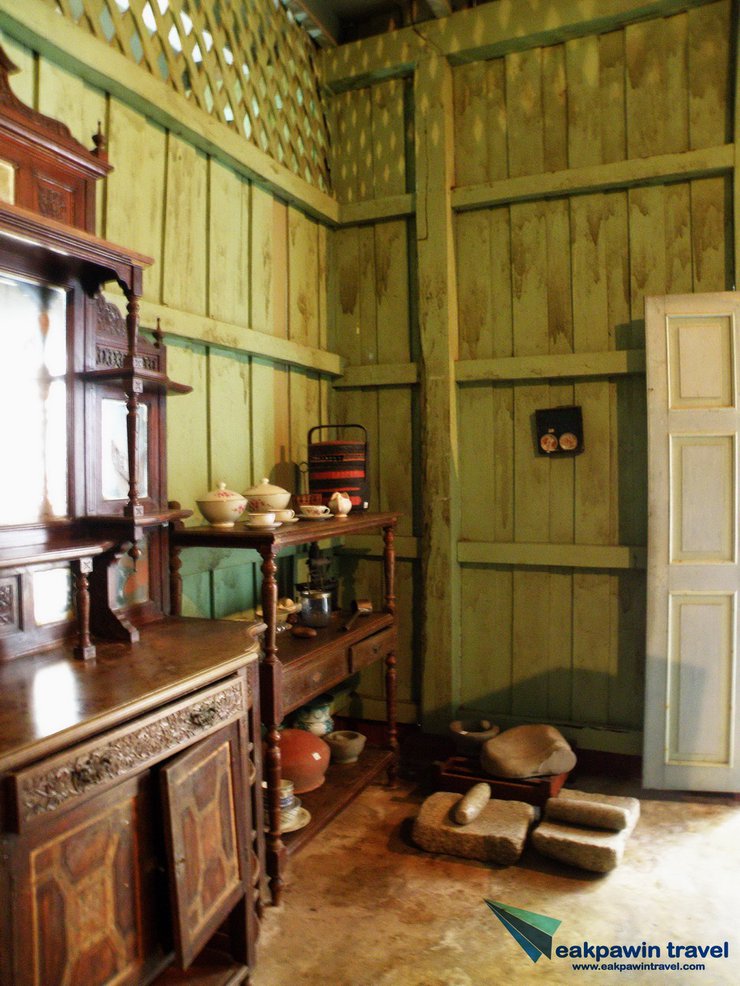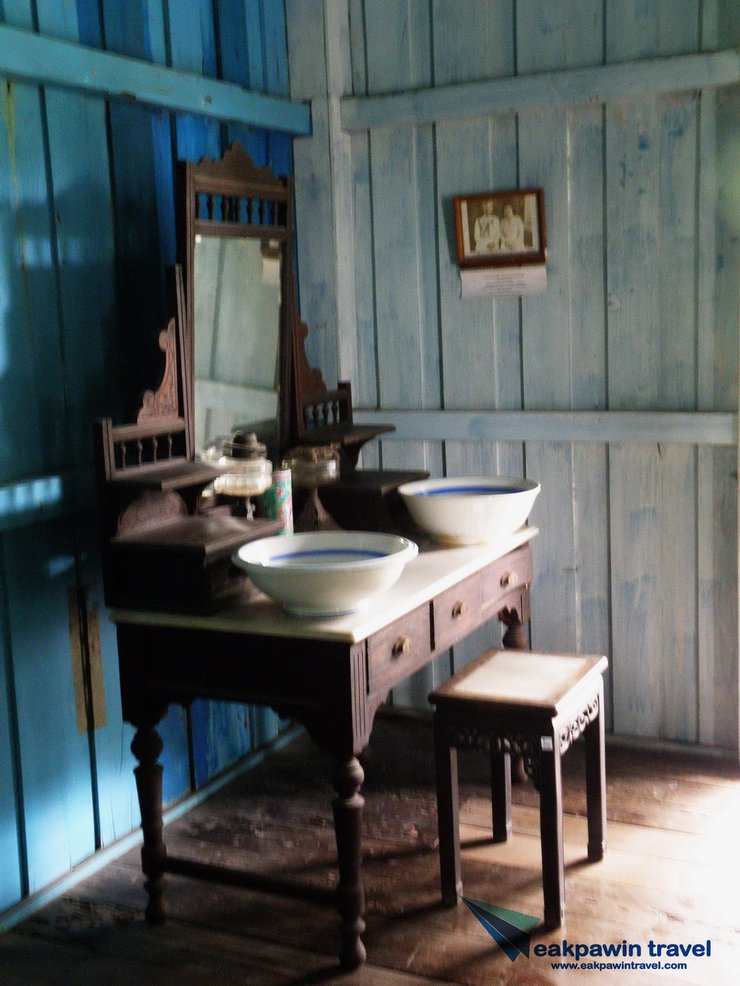After finishing our trip to Koh Hai, my friends and I had some time in the afternoon before we had to catch the train back to Bangkok in the evening. So we took a ride on a tuk-tuk with a frog head that was parked in front of the train station to go sightseeing.

The three-wheeled "tadpole tuk-tuk" is a small pickup truck used for transporting goods for small businesses in Japan. It was first introduced to Trang in 1966 due to its suitability for the city's hilly terrain and narrow alleys. The vehicles were modified with roofs and used as passenger vehicles. Today, tadpole tuk-tuks are still in operation in Trang, and efforts are being made to preserve them as they have become a symbol of the city.

Upon reaching an agreement on the price, we immediately set off on our journey. Two words appear in both the provincial motto of Trang (Phraya Ratsada, the generous people, delicious grilled pork, the birthplace of rubber, the magnificent Dok Sri Trang flower, the coral reefs under the sea, the charm of beautiful sandy beaches, and the magnificent waterfalls) and Kantang district (Kantang, the clean city, nature along the riverbank, the magnificent Chand Palace, the Phraya Ratsada Museum, the international pier, the rubber-producing area). These words are Phraya Ratsada and rubber. We are about to learn more about these two words.
A large green engine-powered frog crawls, taking us 24 kilometers from Trang city to Kantang district. Kantang is believed to be derived from the Malay word for an ancient measuring cup, with 4 liters equaling 1 kantang and 4 kantang equaling 5 thanan. However, according to the Thai dictionary, kantang is also the name of a type of tree.

Historically, Kantang has been a significant port town and the center of prosperity for the old Trang city. The town's development and growth accelerated when Phraya Ratsadanupradit Mahisorn Phakdi was appointed as the governor of Trang in 1890. His contributions included advancements in agriculture, road and bridge construction, international trade, and crime suppression. The Phraya Ratsadanupradit Mahisorn Phakdi (Ko Simbi Na Ranong) Museum was the first place we visited in Kantang.

The museum is housed in a two-story, light blue, antique wooden house surrounded by lush trees. This building was once the residence of Phraya Ratsadanupradit, who served as the governor of Trang for 11 years. Phraya Ratsadanupradit was born in Ranong province and his original name was Ko Simbi. He began his government service during the reign of King Rama V at the age of 25. Due to his abilities, he was promoted to higher positions until he became the governor of Trang. Later, he held the position of Lord Lieutenant of Phuket.


The museum showcases the life and works of Phraya Ratsadanupradit, including his personal belongings and a wax figure of him. It also features rare historical photographs and early cameras introduced to Thailand.



Our visit to the museum took a considerable amount of time, leaving us with limited time to spare. We were concerned about missing our train, but we couldn't resist stopping by one of Phraya Ratsadanupradit's other notable works on our way back to Trang town. This was the first rubber tree planted in Thailand, located in front of the Kantang Agricultural Cooperative.



The visionary statesman, Phraya Ratsadanupradit, witnessed the success of rubber plantations in Malaysia during his travels. Inspired, he sought to introduce rubber cultivation to Thailand. However, the British government, which then ruled Malaysia, prohibited the export of rubber seeds. In 1901, Phraya Ratsadanupradit's nephew, Phra Sathal Sathan Phithak (Kae Na Ranong), successfully smuggled rubber seedlings from Indonesia, marking the beginning of rubber cultivation in Thailand. The sole surviving seedling from that initial batch, now a towering tree, stands as a testament to the legacy of Phraya Ratsadanupradit's foresight and the pivotal role it played in shaping Thailand's economic landscape.

The Royal Forest Department expanded rubber cultivation areas, and Phraya Ratsadanupradit sent people to study rubber planting, disseminated the knowledge, and encouraged villagers to plant rubber. Phraya Ratsadanupradit is honored as the father of Thai rubber.
We arrived just in time before the train departed from the platform, allowing us to purchase some souvenirs before returning to Bangkok. The brief time we spent riding a tuk-tuk in Kantang provided us with an opportunity to learn about and experience the significant historical events of this ancient port city, which retains its value from the past and exudes a peaceful beauty.
eakpawintravel
Friday, September 27, 2024 10:42 AM

